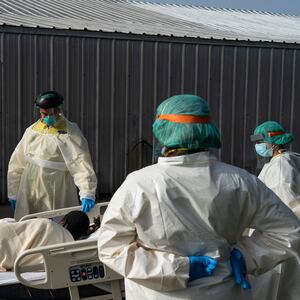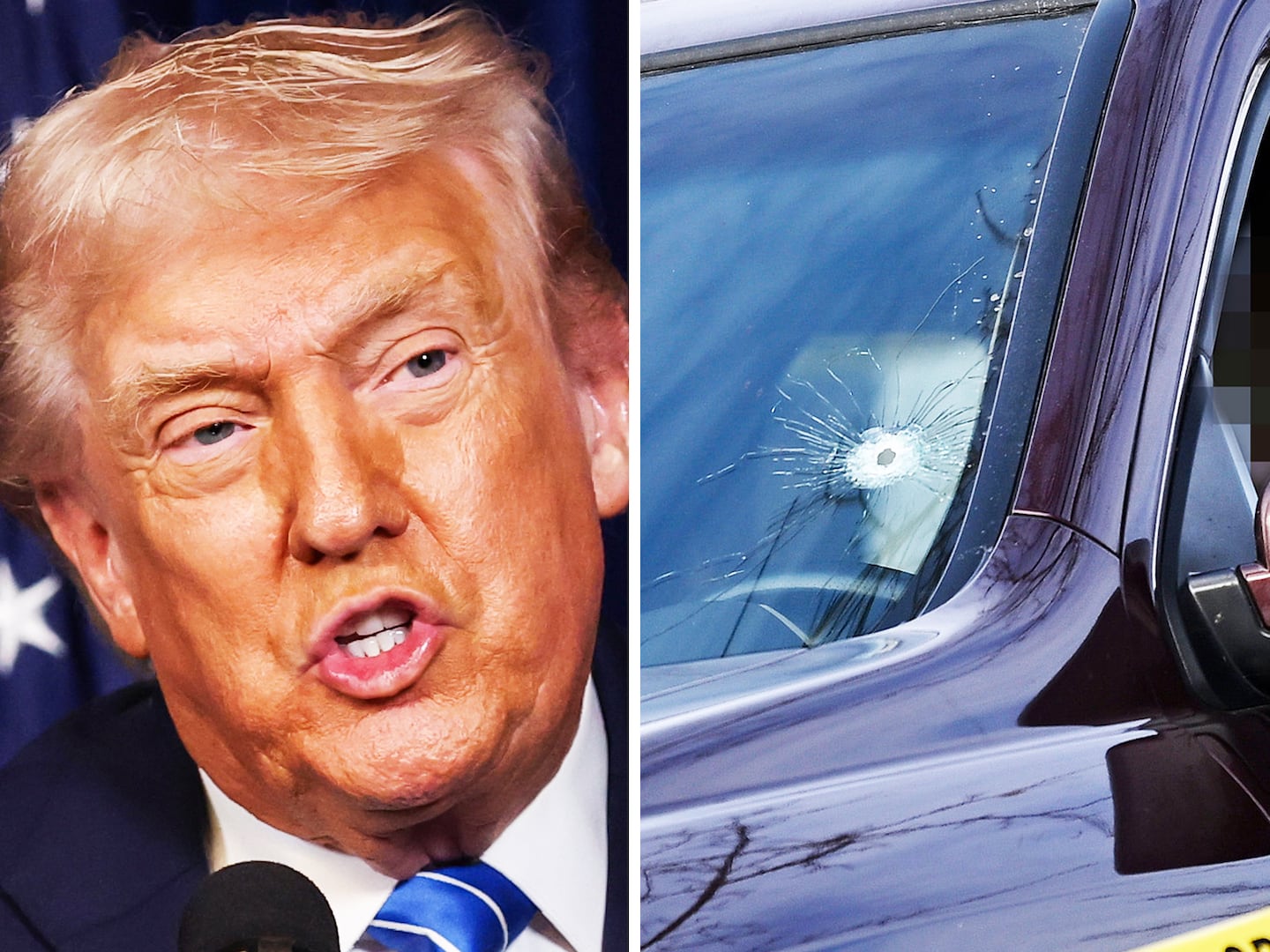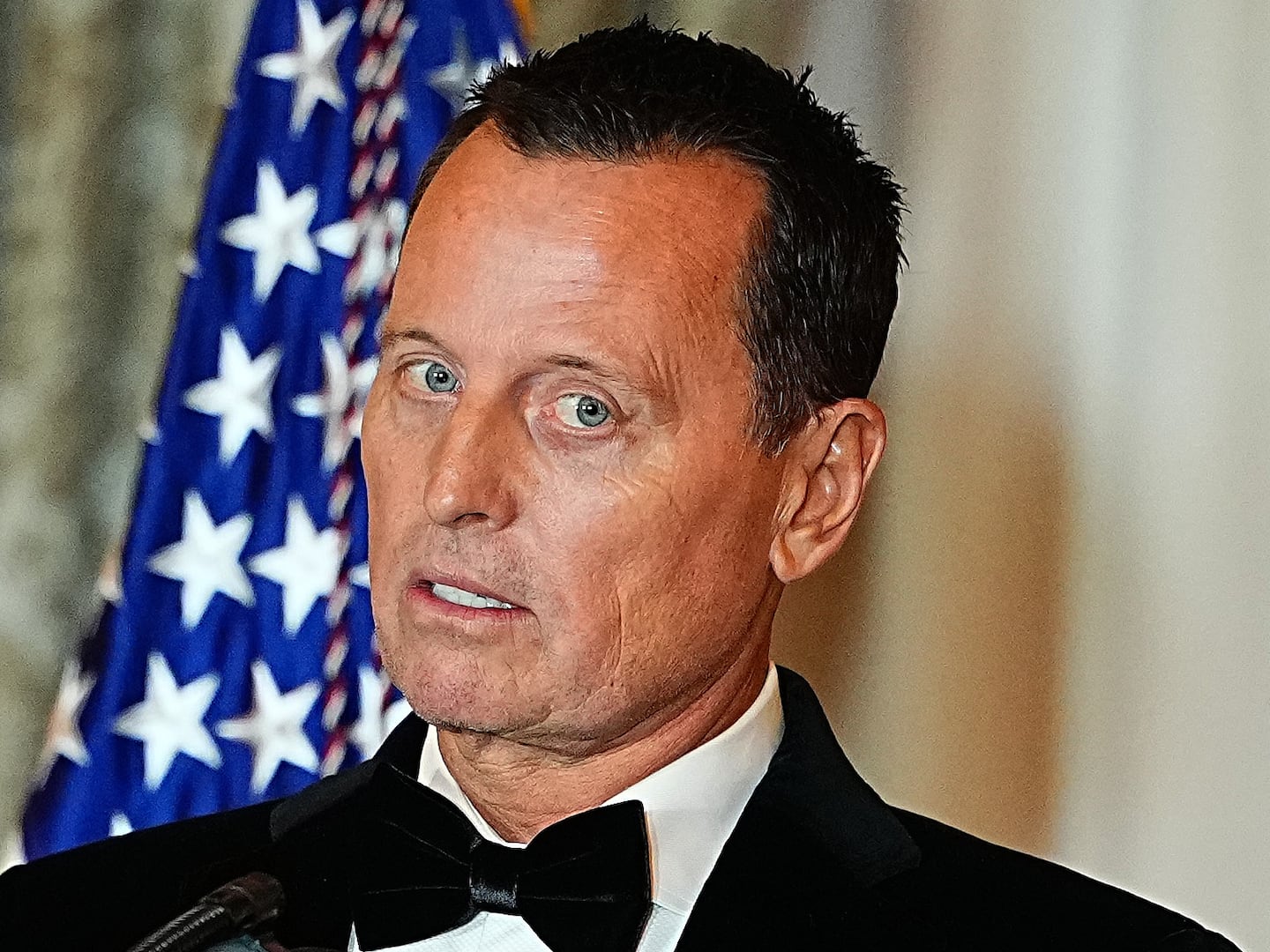No matter how you feel about Joe Biden’s victory in the presidential race and his touted plans to embrace science over magical thinking in fighting the coronavirus, we’re stuck with a simple reality.
The incoming administration will inherit one of the most daunting challenges any president has ever faced: planning and executing a national mass-vaccination campaign in the middle of a global pandemic.
Before I retired from the Army, I served as a COVID crisis planner at NORTHCOM, where we were terrified of a potential “COVICANE.” Luckily, a major hurricane did not deliver a Katrina- or Harvey-like hit to a big city facing a coronavirus outbreak this year, at least on the scale we feared.
But our next biggest concern was what the virus might do to rural America. And it’s playing out in harrowing fashion right now.
With cases spiking to over 10 million, the virus is everywhere, and spreading deeply into every corner of the country. This is where the Biden administration will face its biggest challenge, especially as it pertains to rolling out a potential vaccine.
My home state of Texas is a great example. A 2016 report from the Texas Department of State Health Services illustrates the terrible state of rural health care. According to DSHS, 235 of Texas’ 254 counties were medically underserved. There were many isolated counties with little to no access to health care. Some even lacked a single doctor.
This has been a crisis a long time in the making. As the Texas Observer recently noted, in 2019, Texas budgeted $17.7 million for infectious disease surveillance, prevention, and epidemiology—and over $400 million for border security. So even when a vaccine is delivered, it will be going to a state that is understaffed and underfunded.
Lipscomb County, population 3,302 as of 2010, in the northeast corner of the Texas panhandle, doesn’t have a doctor. It is worth noting that Lipscomb County is a 550-mile drive from Austin. Portland, Maine, is a closer drive to Washington, D.C., than those 3,302 isolated souls.
Given this isolation and lack of resources, the vaccines themselves present a logistical challenge alone that borders on the impossible for rural America. The Pfizer vaccine, now the leading contender, will require ultra-cold storage of at least -94 degrees Fahrenheit and two rounds of shots. Another leading vaccine candidate from Moderna also requires cold storage, albeit not to the same extent, according to the company. Typically, hospitals and large clinics have this capability. Small towns lacking even the most basic health clinics do not.
To deploy the Pfizer vaccine or any other one, health planners will have to figure out a way to deliver it to rural areas while maintaining its required temperature long enough to ensure that the population receives both doses. This scene will be repeated all across small-town America. This presents a big risk: An uncoordinated federal roll out of vaccines requiring ultra-cold storage could leave state and local governments competing for resources much like they were competing for PPE earlier in the pandemic.
Trump has indicated that the military will be the savior here, but the military has its limits. At NORTHCOM, we knew that we could surge military medical and logistical resources to hotspots, but we couldn’t blanket the country with them. Plus, Trump’s firing of Defense Secretary Mark Esper and ongoing purge at the Pentagon could delay and disrupt whatever plans the Department of Defense is developing.
And there is another potential limiting factor here. When a vaccine becomes widely available, the military may be strained taking care of its own and deploying the vaccine to troops and their families around the globe. So despite the promises of Dr. Anthony Fauci, the literal Cavalry may not be coming, at least not as quickly as we might like.
That’s the way it’s always been. The military plays a supporting role during disasters in what is known as the Defense Support to Civil Authorities (DSCA) mission. Just like any other request for assistance to the feds, requirements percolate up from local and state governments. FEMA adjudicates requests for federal resources. Sometimes the military is the best fit, but most of the time, it’s not.
At NORTHCOM, we were the military’s lead for the DSCA mission, and we had only one dedicated pandemic expert on the staff at the start of the crisis. Afterwards, we surged a lot of resources at the problem, but it just isn’t realistic to think the military can replicate the hard work of state and local health-care planners.
Instead of a military miracle, it will take nearly flawless coordination between local, state, and the federal government to execute the plan. Our long winter with COVID could turn into a slog through the spring and summer even with an effective vaccine. Pockets of the virus could linger with us for months as we try to reach Americans in every isolated place like Lipscomb County.
Getting this right is going to be hard, and given the our climate of disinformation and vaccine scepticism, we may never get to the point where we are completely free from COVID. But maybe this is also an opportunity to show the world that Trump was an anomaly, and that we are ready to work to return to our normal—or normal-ish—role as a global leader. One can also hold out hope that a successful vaccination campaign can begin to restore America’s tattered faith in its public institutions.
Either way, the people in isolated, underserved communities from rural Texas to hallowed-out manufacturing cities to the overwhelmed Dakotas deserve our best shot.








